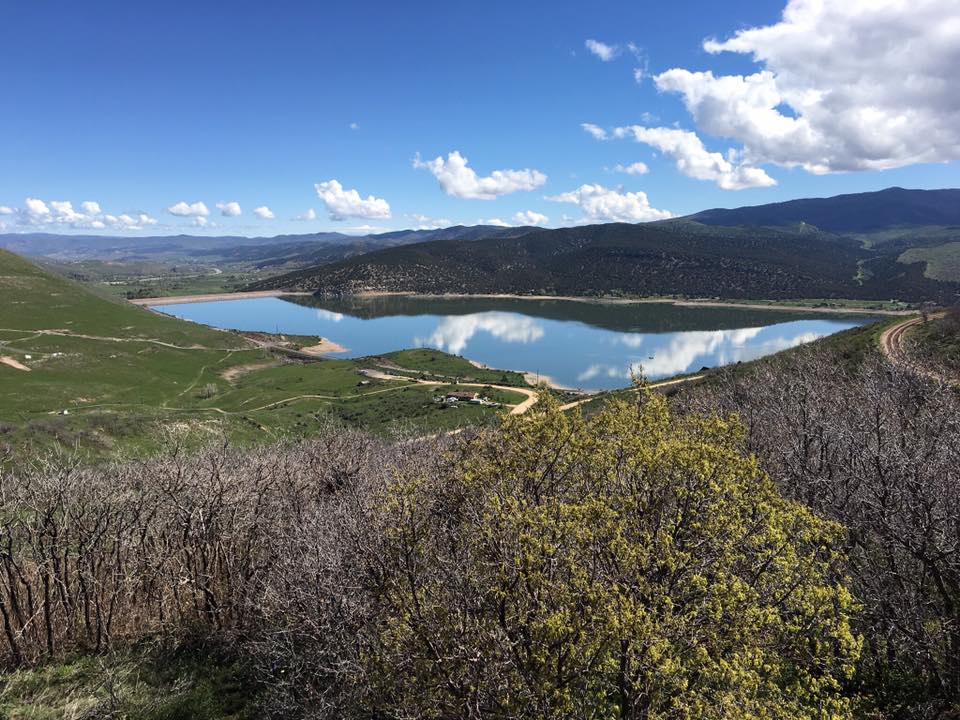Lake Rockport Estates was established in 1971 as a seasonal community and the infrastructure was designed for seasonal use. As the Wanship subdivision grew, its small private water utility struggled to keep up with demand.
Now, with more residents living in the 328-lot development full-time, the Lake Rockport Estates Property Owners Association’s board of trustees has asked that the subdivision be considered for annexation into the Mountain Regional Water Special Service District, which was created by Summit County in 2000.
The annexation would allow Lake Rockport’s system to connect with the district’s public system. Currently, Lake Rockport residents receive water six months of the year, according to Andy Garland, Mountain Regional Water general manager.
“LRE is a small private water utility that has found it difficult to control operating costs while maintaining a safe, reliable water supply under current Utah water regulations,” Garland said in a June letter to the Summit County Council. “It is believed that residents of LRE will benefit from being part of a larger system that is more efficient to maintain. MRW, with its qualified staff and proven expertise, is well-equipped to operate a public water supply system.”
Another option would be to become a wholesale water customer while Lake Rockport continues to look for permanent alternatives, the board of trustees says in a memo to the council. There are 178 water connections in the community.
Garland said it might be possible to interconnect the Mountain Regional Water and Lake Rockport systems with approximately 3,000 feet of water transmission line.
The Summit County Council discussed the project June 12 and was supportive of looking into the feasibility of annexation but did not take formal action.
The next steps are up to Lake Rockport Estates property owners, who would be paying for the entire project. Annexation would require the approval of 100% of them.
The property owners need to hire an engineer to do a feasibility study and depending on those results, possibly get an easement through Promontory and Rockport Ranches to complete the most cost-effective transmission line location from Rockport Ridge Road to Sage Lane, according to Garland.
In addition, the current infrastructure would need to be improved to meet the rules and standards of the Utah Division of Drinking Water, he said. Most water lines in the Lake Rockport system are not buried to frost depth, and replacing the distribution system “would be a significant financial impact,” Garland said.
He gave a ballpark figure of $20 million for the entire project, or $300 a month paid by property owners for a 20-year bond.
Water is available from May 1 to Oct. 31 to all lots in the Lake Rockport Estates neighborhood — described on its website as an undeveloped, recreational community — but the system may not operate at urban standards, the subdivision’s website says.
“During the winter months the water is shut down due to freezing, and general repairs can often take much longer than in towns and cities,” the website says. “You should also be aware that this is a high desert area and is susceptible to drought.”
Many lot owners have underground tanks, but if those go dry, they either have to truck in water or figure out some other method to get it, Garland said.
The Board of Trustees’ memo says Lake Rockport’s original developer drilled six wells on the project but only a single shallow one was viable and the other five were eventually abandoned. As more lots were developed, the water infrastructure was expanded and improved.
Lake Rockport Estates added a deeper well in 2009, replaced an 80,000-gallon storage tank with a 365,000-gallon tank and did upgrades on buried piping in preparation for a plan to facilitate year-round water, the memo says. It says the original well was abandoned in 2010 and the remaining well was supporting the community at a flow rate of 70 to 90 gallons per minute.
Then in 2020, at the height of the COVID-19 pandemic work-from-home era and during an extended drought, there was a jump in the number of people moving to the community. The well’s production dropped to 23 gallons per minute and it was unable to keep up with demand from residents, the memo says.
A new well completed in February produced only 21 gallons per minute.
“Given LRE’s history of wells drilled in the community that were determined not to be viable community-scale water sources, LRE does not currently see an economically viable path for continued drilling efforts and is therefore weighing alternatives to secure water sources for our community,” the memo says.

